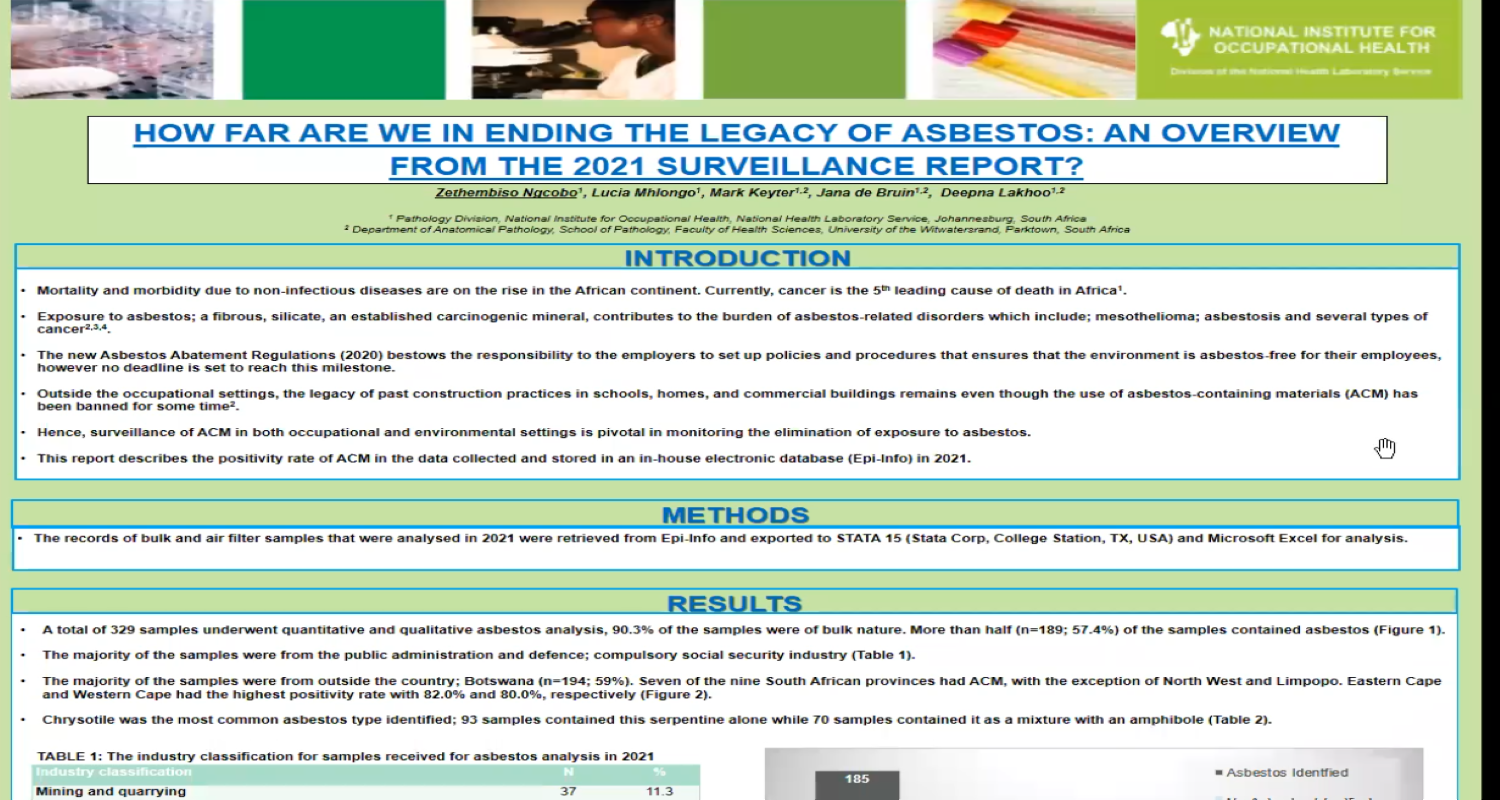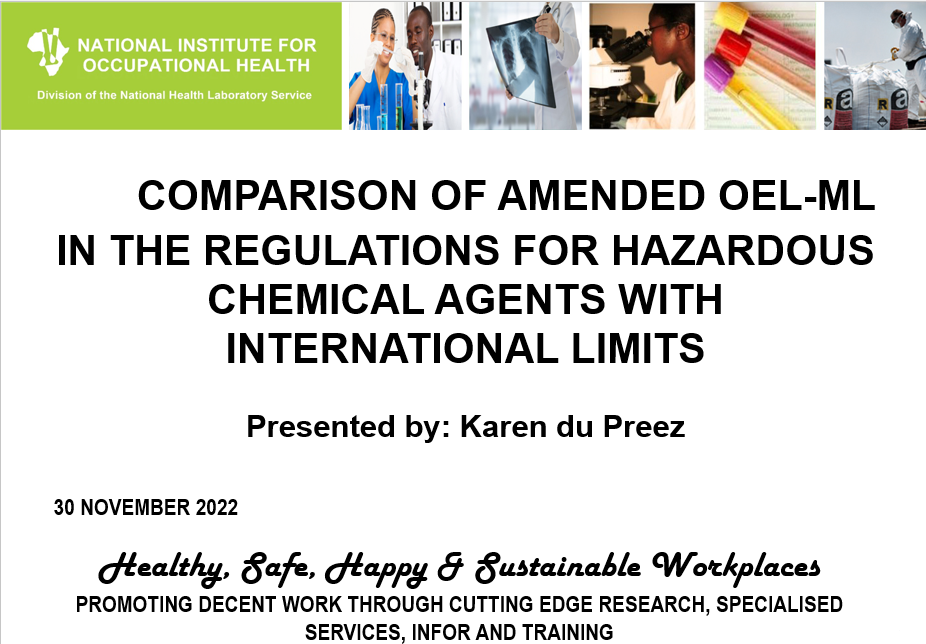NIOH Research Day 2022 – Oral & Poster Presentations and AbstractsShanaz Hampson2022-11-30T12:24:01+02:00
 https://www.nioh.ac.za/wp-content/uploads/2020/11/Zoom-top-banner.jpg" width="1200" height="300" alt="" title="Zoom top banner" class="img-responsive wp-image-6603"/>
https://www.nioh.ac.za/wp-content/uploads/2020/11/Zoom-top-banner.jpg" width="1200" height="300" alt="" title="Zoom top banner" class="img-responsive wp-image-6603"/>








